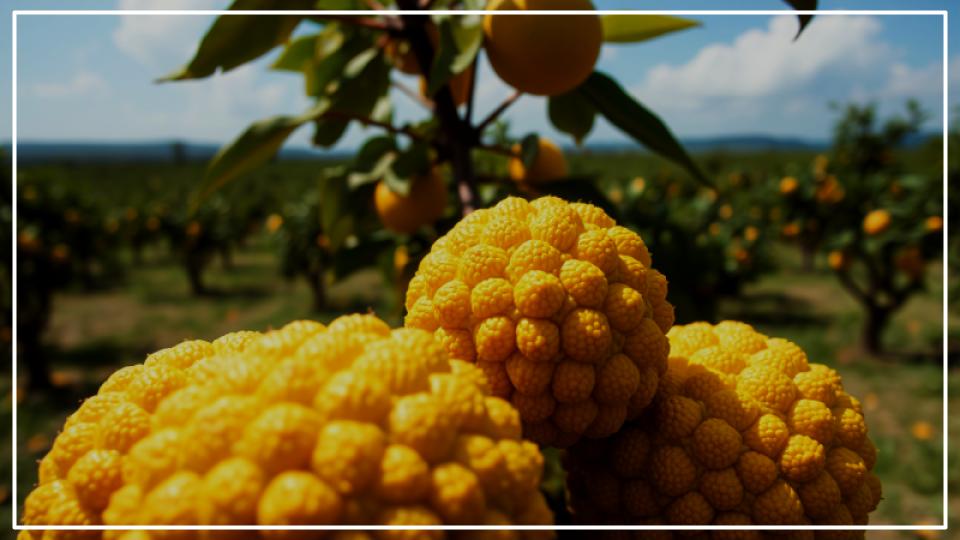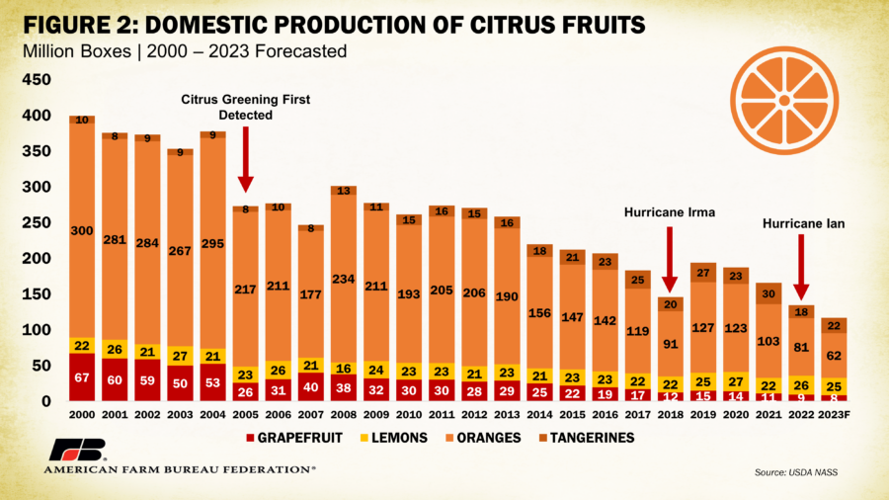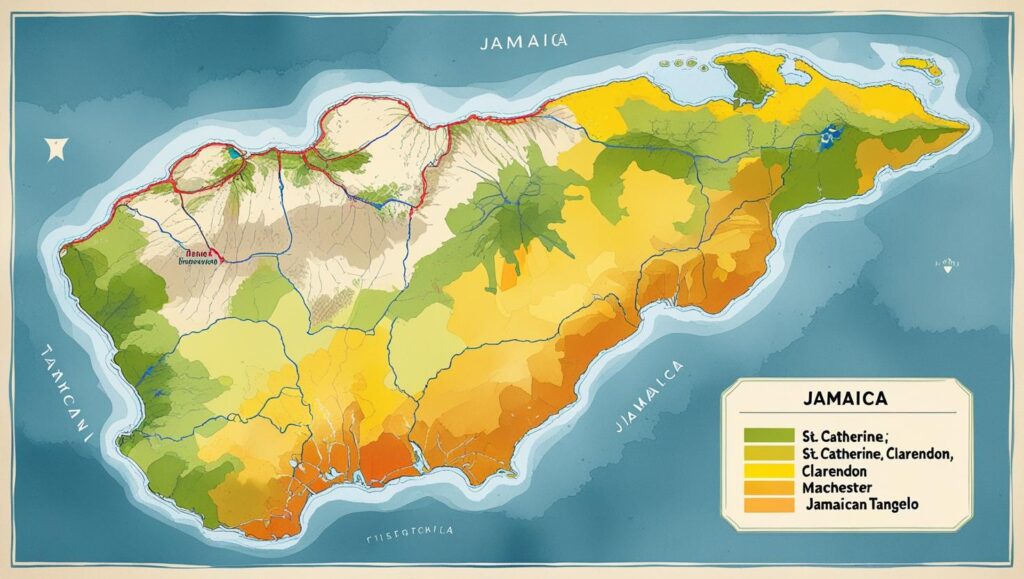In the specialized world of exotic citrus, Jamaica remains the unrivaled largest ugli fruit producer globally, a distinction it holds despite significant challenges ravaging its broader citrus industry. The nation’s unique claim to the tangelo, a natural hybrid of a grapefruit, orange, and tangerine, is a story of historical happenstance, careful branding, and agricultural resilience.

The fruit, marketed internationally under the trademarked “UGLI®” brand, originates almost exclusively from the island’s fertile parishes. However, the success of this niche export exists against the backdrop of a domestic citrus sector grappling with disease and declining output, presenting a complex picture for the future of Jamaican agriculture.
A Unique Agricultural Monopoly
The story of the ugli fruit, botanically Citrus reticulata × Citrus paradisi, began near Brown’s Town, Jamaica, in 1924, where it was discovered as a chance seedling growing wild. Its commercial potential was realized by the Sharp family, who began cultivating and exporting the fruit. Today, virtually the entire global commercial supply is grown in Jamaica and exported by Trout Hall Ltd., which is owned by Cabel Hall Citrus Limited, the holder of the UGLI® trademark.
This exclusive control ensures that Jamaica’s status as the largest ugli fruit producer is not just a matter of volume but of brand ownership. The fruit is primarily exported to key markets including the United States, the United Kingdom, Canada, and other parts of Europe, where it is prized for its sweet flavor, which is less bitter than a grapefruit, and its juicy flesh. The harvest season typically runs from November through April.
While small-scale, non-commercial cultivation attempts have been noted in places like Florida, none have challenged Jamaica’s commercial dominance due to the island’s ideal growing conditions and the robust trademark protection.
The Shadow of Citrus Greening
Despite the unique success of the Jamaican tangelo, the nation’s wider citrus industry is facing a severe crisis. The primary culprit is Huanglongbing (HLB), commonly known as citrus greening disease. This incurable bacterial disease, spread by the Asian citrus psyllid, has decimated citrus groves worldwide and has had a devastating impact on Jamaica.
According to a February 2025 report from The Gleaner, a leading Jamaican newspaper, the disease has caused Jamaican citrus production to plummet from a high of five million boxes annually to approximately 1.1 million. Trade Winds Citrus Limited, the island’s largest citrus producer and parent company of the ugli fruit exporters, has seen its own output fall from 650,000 boxes in 2008 to just 100,000 in recent years.

The economic pressures are significant. Peter McConnell, Managing Director of Trade Winds, told the Jamaica Observer in late 2024 that the cost of establishing new, resilient citrus groves is incredibly high, exacerbated by the risks of pests, climate change, and theft. “Successful growing of citrus requires very intense agricultural practices and significant investment,” McConnell stated, highlighting the financial barriers to recovery.
Government and Industry Response
In response to the crisis, the Jamaican government has initiated a citrus revitalization program. In a January 2025 statement, the Ministry of Agriculture, Fisheries and Mining, led by Minister Floyd Green, announced the distribution of over 4,000 disease-resistant citrus plants in the parish of Manchester.
“That [citrus greening] wiped out the vast majority of our citrus crops; so we are on a programme to build that back,” Minister Green said at a conference, as reported by the Jamaica Information Service. He explained that research at the Bodles Research Station has focused on developing resilient varieties to spearhead the industry’s recovery over the next five years.
The strategy involves a multi-pronged approach, including the use of certified clean planting material, chemical and biological controls against the psyllid vector, and robust nutrition programs to help trees withstand the disease. For the ugli fruit specifically, its contained and well-managed production chain has so far insulated it from the worst of the sector-wide devastation, allowing it to remain a reliable, if niche, export success.

The future of the ugli fruit cultivation is intrinsically linked to the health of Jamaica’s entire citrus ecosystem. While the UGLI® brand remains a point of national pride and a valuable source of foreign exchange, the underlying agricultural infrastructure that supports it is under threat. The success of the government’s revitalization efforts will be critical not only for oranges and limes but for ensuring Jamaica continues to be the world’s only commercial source for its uniquely named and flavored tangelo.
The industry’s focus remains on high-value, resilient crops. As Mr. McConnell of Trade Winds noted, irrigation has become essential due to climate change, a costly but necessary investment to secure the future of Jamaican citrus, including its most famous “ugly” export.
Beyond the Beach: The Surprising Country Famous for Producing the Most Coconuts
